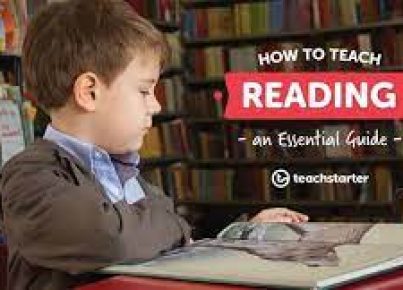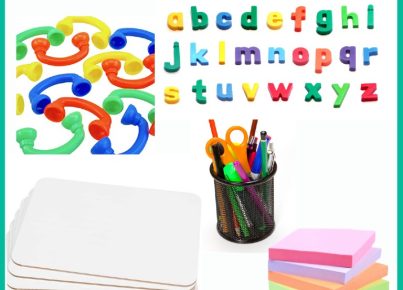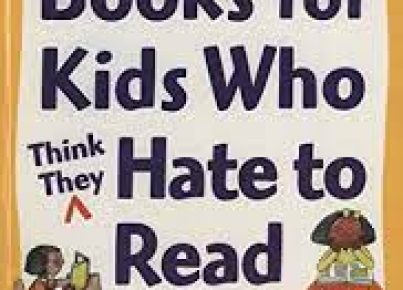Reading comprehension is a vital skill for students as it helps them understand and interpret text in a meaningful way. To develop strong reading comprehension, various activities and strategies can be employed. In this article, we will explore 11 free reading comprehension activities that can be easily incorporated into your classroom or homeschool curriculum.
1. Story Maps: Encourage students to visualize the structure of a story by creating a story map. This can be achieved by having them draw pictures or write down important plot points and characters from the story.
2. KWL Chart: A KWL chart helps students keep track of what they know (K), what they want to learn (W), and what they have learned (L) from the material being read.
3. Summarizing: After reading a text, ask students to briefly summarize it in their own words, focusing on key details and main ideas.
4. Predictions: Have students predict what might happen next in the story based on context clues and character actions. This tones their analytical skills to dive deep into the story’s aspects and guess potential future events.
5. Compare and Contrast: Compare two different texts or characters from separate readings—encourage students to examine similarities and differences between the subject matter.
6. Question-Answer Relationships (QAR): Teach students about identifying types of questions – on-the-line, between-the-lines, or beyond-the-lines – depending on where the answer can be found in relation to the text.
7. Skimming and Scanning: Help students practice skimming an article or text for general understanding and scanning for specific details, such as dates, numbers, or names.
8. Text Annotations: Provide passages for students to engage with by highlighting, underlining, or circling important words, phrases, or ideas while reading.
9. Two Truths and a Lie: After reading a text, have each student come up with two true statements and one false statement about the content. Students must then determine which statement is the lie.
10. Visual Imagery: Encourage students to draw or illustrate a scene, character, or event from the reading. This activity helps students deeply connect with the material and fosters creativity.
11. Think-Pair-Share: After reading, give students time to “think” independently about the material before “pairing” and discussing their thoughts, ideas, or questions with a partner. Finally, “share” their discussions with the entire class.
These free activities can be modified and tailored to suit diverse classrooms and student capabilities. Integrating these exercises into your teaching routine will help develop strong reading comprehension skills and promote a lifelong love for reading in your students.





